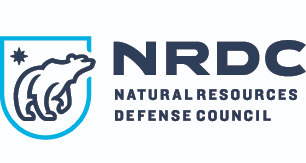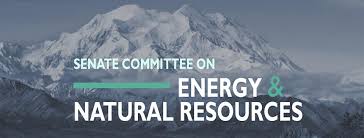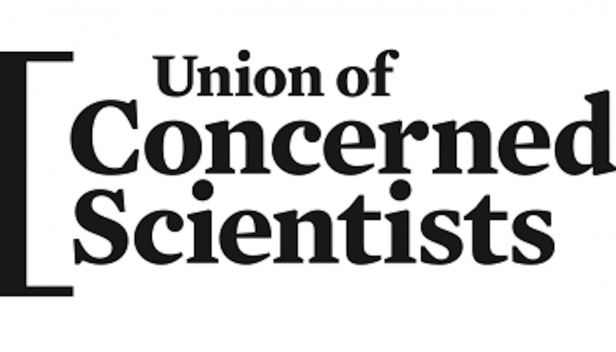Part 2 of 2 Parts (Please read Part 1 first)
A few U.S. nuclear power plants managed to get waivers from the NRC to continue operating with water above their temperature limit. The NRC claimed that those cases involved nuclear power plants whose temperature limits had been set with very pessimistically and operating at higher temperatures were not a problem. Scott Burnell is a spokesman for the NRC. He said, “No matter what avenue a plant takes in attempting to deal with water discharge heat limits … the NRC will only allow such actions if the evidence presented shows the plant will continue to operate safely and that people and the environment are adequately protected.”
Rising temperatures are not the only way in which climate change is impacting nuclear power plants. More frequent and more serious droughts are reducing the levels of bodies of water used for cooling power plants to the point where plants have to reduce power generation. In some cases, large rivers no longer reach the sea and reservoirs are dropping to a few percent of their previous levels.
The temperature of cooling water is not the only way in which environmental heat impacts nuclear plant operation. The temperature of the air inside a plant can become so hot that the staff cannot operate the plant. Last year, the heat wave in France was so serious that operators began spraying water on the outside of the reactor building to keep the interior of the building habitable. Under the impact of high air temperatures, U.S. nuclear power plants have often reduced their output between three and sixty percent.
An analysis done in 2012 suggested that in the coming decades, climate change could cause a reduction in nuclear power generation by sixteen percent on average. The nuclear industry in the U.S. is under increasing competitive pressure from cheap natural gas and the falling prices of solar and wind power installations. Unlike other power sources, it severely stresses the hardware of a nuclear power plant to temporarily lower output. This, in turn, results in earlier and more frequent maintenance in an industry that is already struggling financially.
Nuclear experts agree that rising temperatures and allowing nuclear power plants operating above set limits does not pose any immediate danger because very conservative margins were included in the original calculations for operation. Most of the nuclear power plants in the U.S. were built between the 1970s and 1990s. Modeling the impact of higher operating temperatures and allowable safety margins has improved since then. However, there is still concern. Lochbaum says, “For every 10 degrees that the temperature goes up, the lifetime of the electrical equipment is reduced quite a bit. Some of your safety equipment may then just fry.”
So just when power demands rise in the summer for air conditioning, the nuclear power plants are going to be increasingly shut down because cooling water will be too hot even after the operating limits are raised. As climate change increases global temperatures, nuclear power plants will suffer the most in terms of wear, safety and partial shutdowns. This is just another issue that will plague the nuclear industry in the years to come and reduce the interest of governments, utilities and investors in paying for increasingly costly nuclear generated electricity.







